Scientists Warn San Andreas Fault May Trigger a Deadly Earthquake Soon — Bigger Than Ever Before
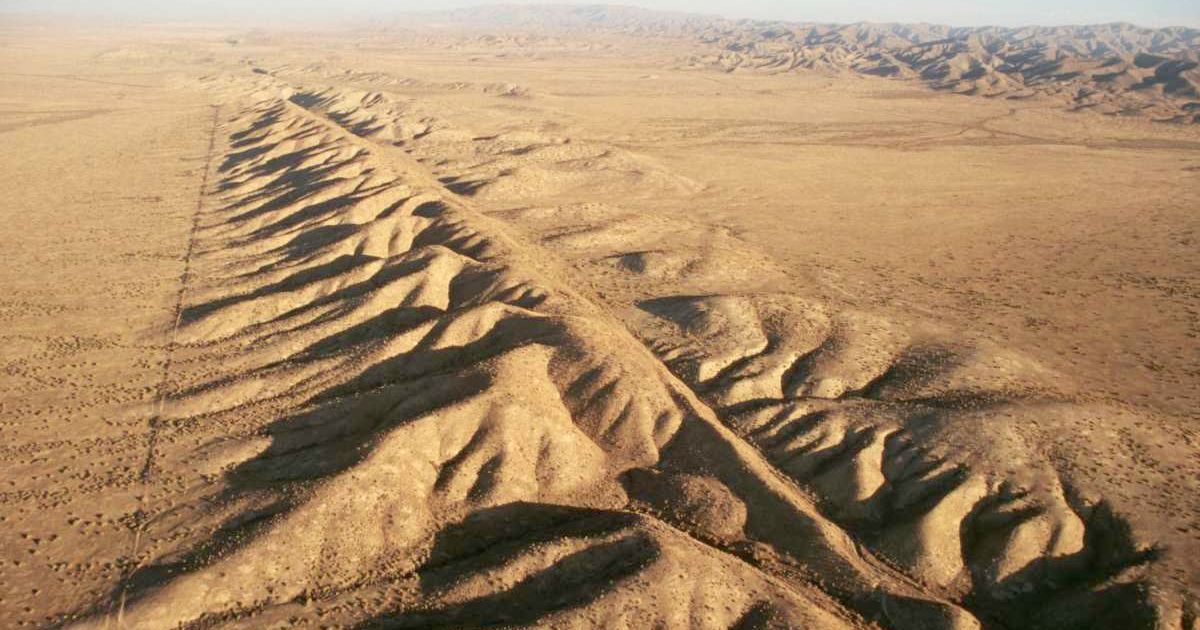
The morning of January 9, 1857, made people think that it was the end of the world. A California rancher named John Barker dismounted his horse on the shore of Tulare Lake. Before the horse could sip water, he was struck with a disorientating feeling that erupted out of nowhere. The ground beneath his feet began swaying violently. Water splashed on his feet. Trees whipped about. Earth tore open, and waters were getting swallowed up by some mysterious monster lurking underground. For miles and miles, the ravaged ground was littered with dead fish, now being feasted upon by the vultures, as he later described to SoCalGIS.
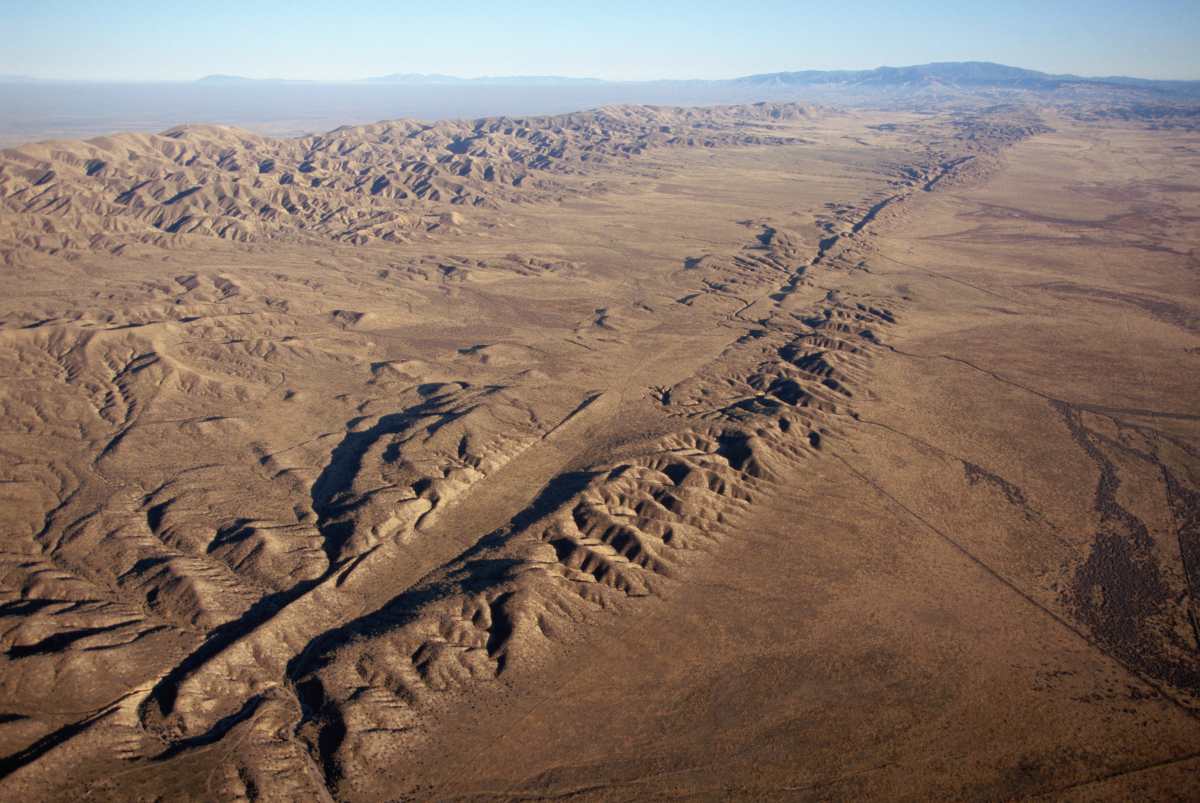
This was the last big earthquake triggered by the notorious San Andreas fault. In a study published in the journal Proceedings of the National Academy of Sciences, researchers write that this culprit fault line is set to trigger another earthquake, which is estimated to break all the previous records.
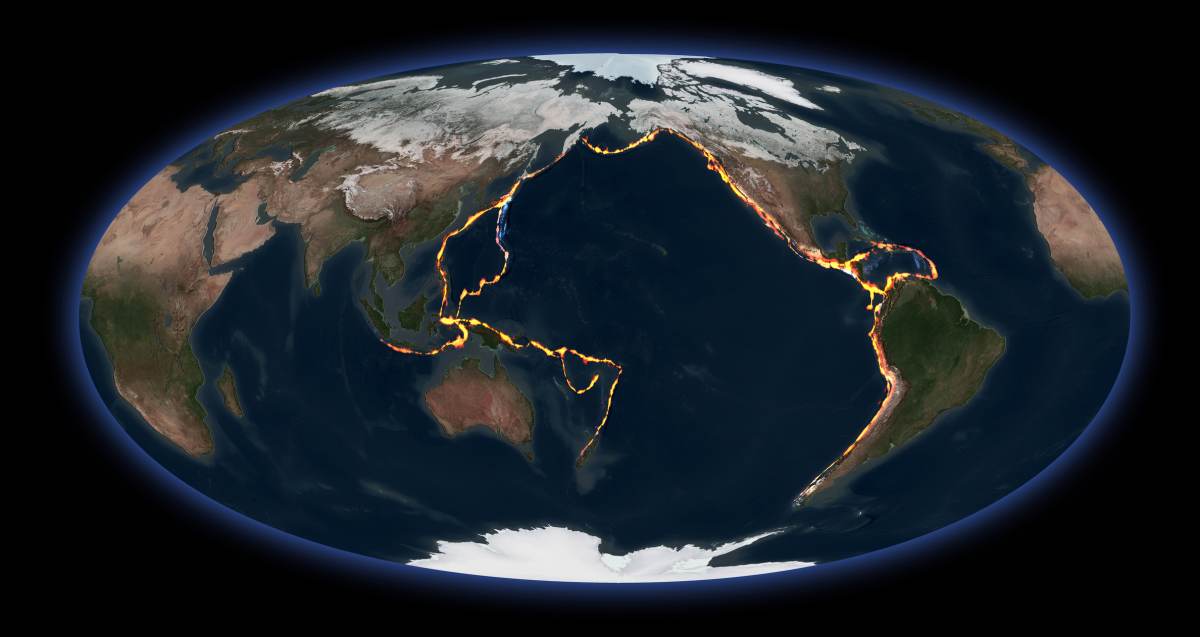
As HISTORY explains, Earth’s crust is like a giant ball made with zillions of plates atop which formations like landscapes and oceans sit. Sometimes, the blazing dance of elemental forces inside the eerily scorching world underneath the crust causes stirrings in these plates. As a result, they move, slide, collide, and sometimes crash into each other. Out of this crashing emerge new continents, new oceans, and sometimes, faults.
A geological fault, according to USGS, is a fracture or a fissure between two blocks of rock. Imagine grazing a stone with a blade to carve a streak. In the same way, a fault runs through a particular region. When blasted with huge stressors or shock over time, the fault in Earth’s belly ruptures open, triggering earthquakes. Snaking spookily under a lake, the San Andreas fault in California stretches for over 800 miles, from the state’s south at the Salton Sea to its north off the coast of Mendocino.
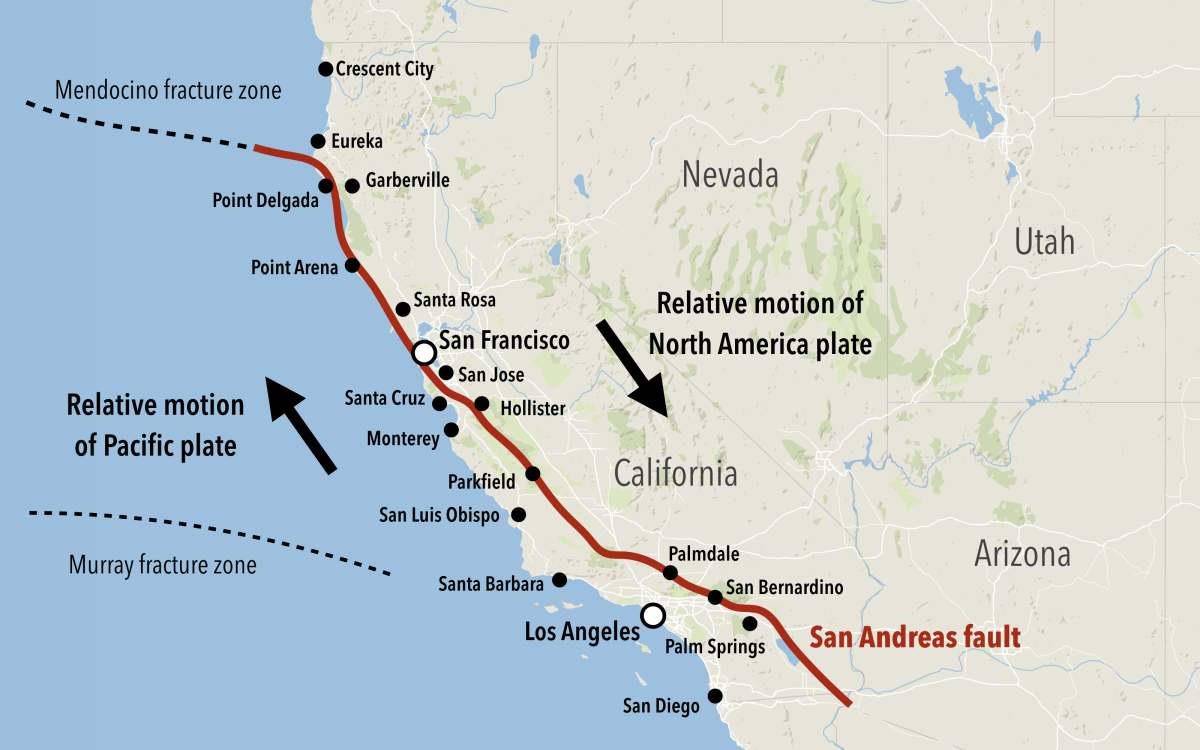
Don’t go by its poetic name, the culprit fault carries a mischievous reputation for drama. The American Museum of Natural History says that this dramatic fault is “one of the most active fault zones in the world.” Scientists who study faults based on angles and dip-slip have classified this fault as a “transform fault” or “slip-strike fault,” which means the plates around it budge in horizontal positions and not vertical ones.
The fault got gashed into the watery abdomen of California around 30 million years ago. At that time, people believed that the earthquakes were caused by brutish battles occurring between warring ghostly spirits. Little did they know that the actual suspect was hiding miles below their feet. In this new study, researchers from Caltech studied the latest 7.7-magnitude earthquake in the Southeast Asian city of Myanmar and used the information to predict that the San Andreas fault is likely to trigger an enormous shockwave, probably more intense than the previous big one.
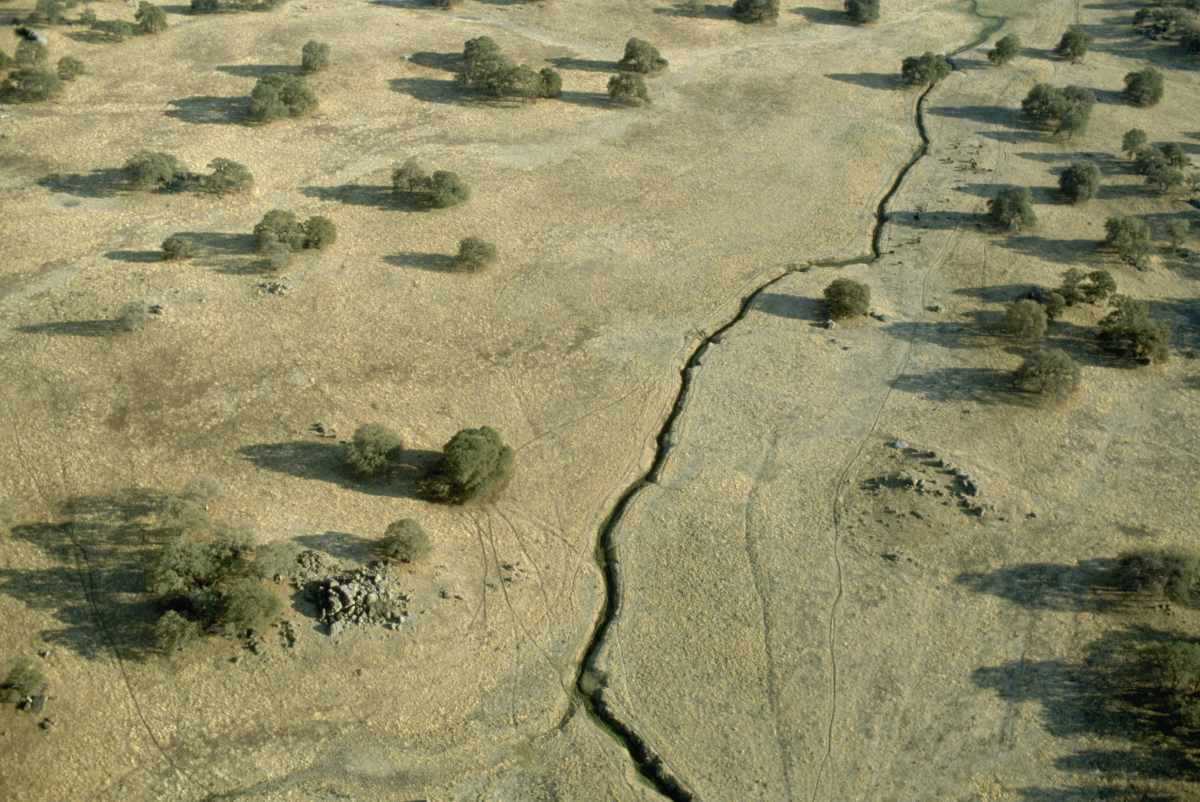
The researchers utilized satellite imaging of the Sagaing Fault's motion to improve models of how such faults may behave in the future. They applied image correlation methods to measure ground displacements. In a theory they called the “seismic gap hypothesis,” they concluded that a large earthquake is likely to happen in a section where no earthquake has occurred since 1839. They deduced that the glamorous fault line in California does not repeat its past behaviors, and this time the earthquake is going to be gigantic, unlike anything ever witnessed before.
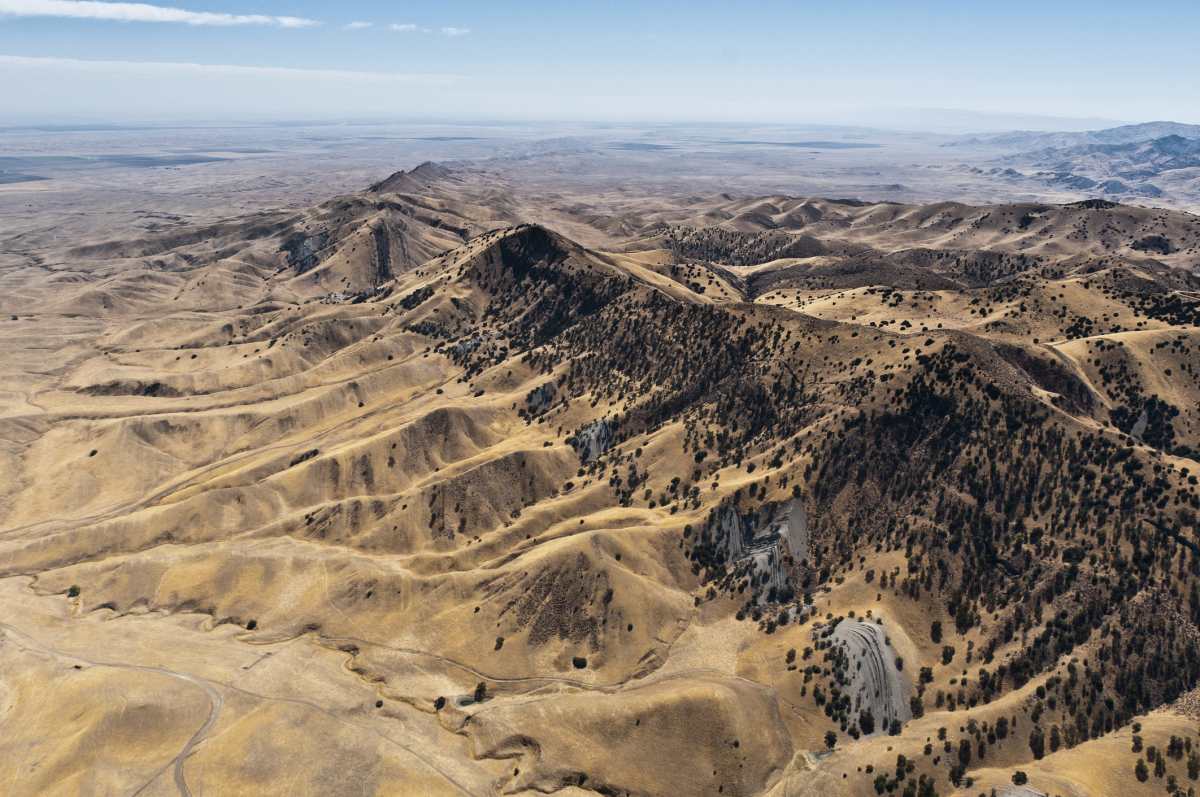
"The study shows that future earthquakes might not simply repeat past known earthquakes. Successive ruptures of a given fault, even as simple as the Sagaing or the San Andreas faults, can be very different and can release even more than the deficit of slip since the last event,” study co-author Jean-Philippe Avouac from Caltech said in a press release. In another report, USGS said that the area nearest to Los Angeles has a 60% chance of experiencing a magnitude 6.7 or greater earthquake in the next 30 years. So, the next time you take your horse to a lake, make sure to check the ground beneath your feet beforehand.
I don’t remember my crack looking like this https://t.co/zr4dvwUb9M
— The San Andreas Fault (@sanandreafault) August 20, 2024
More on Green Matters
Incredible Footage Shows a Herd of Zoo Elephants Protecting Each Other During an Earthquake
Experts Discover Over 86,000 Earthquakes Hiding Underneath Yellowstone Volcano — Thanks to AI
Think You Know What Happens to a Cruise Ship in a Tsunami? You May Be Surprised